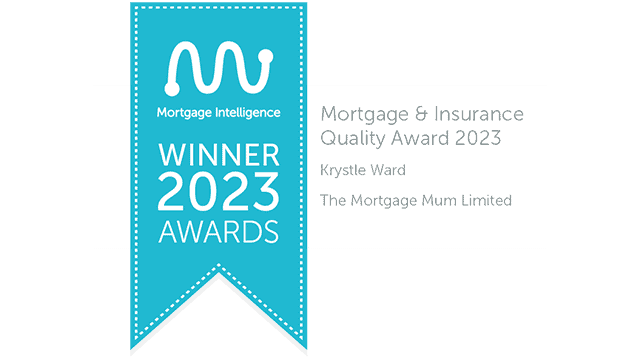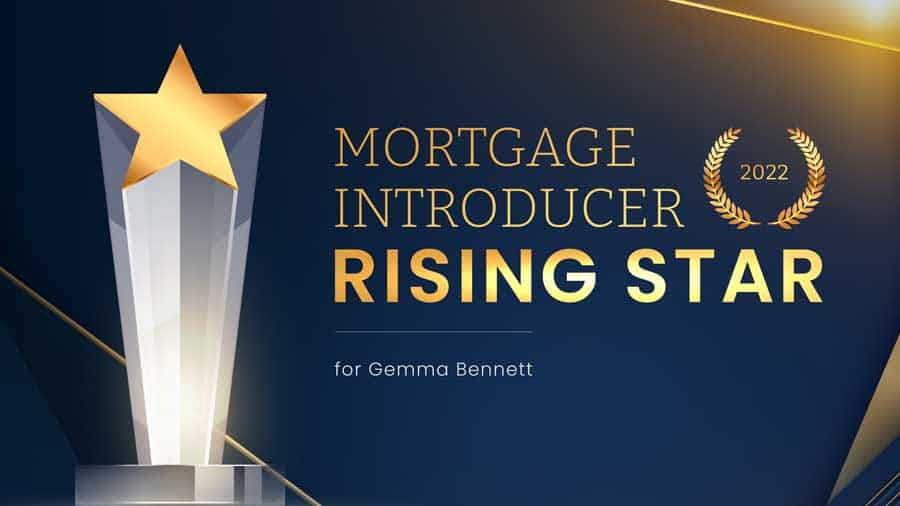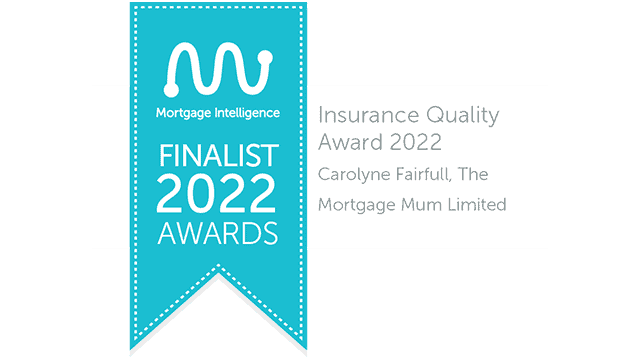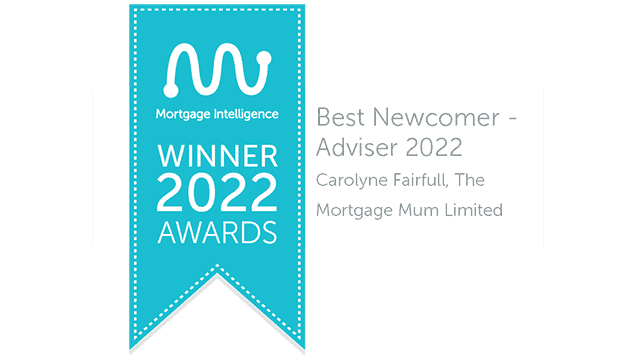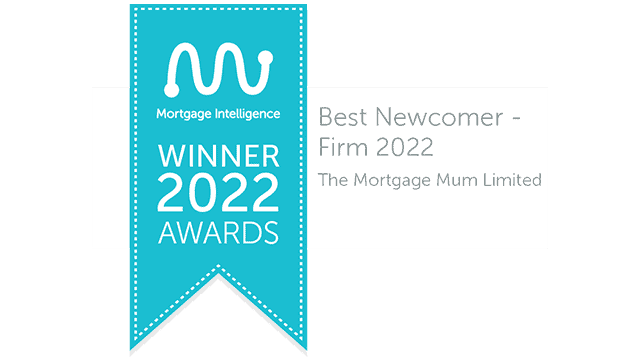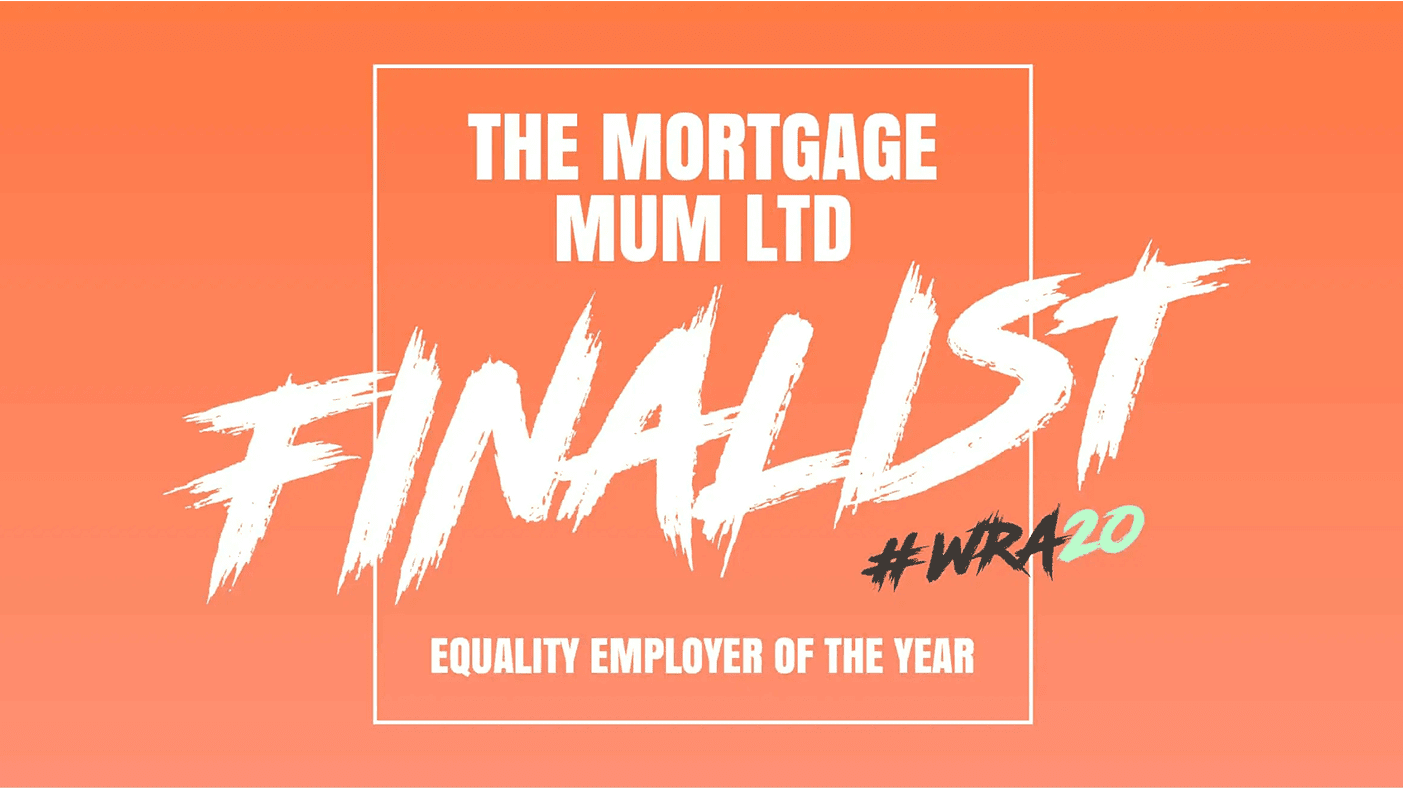The Highs and Lows of Purchasing, Renovating and Living in a Period Property
Today’s episode is hosted by Sally Mitchell, Business Manager at The Mortgage Mum and a Senior Mortgage Broker, plus a Brand Ambassador. You will have seen her on TV appearances or heard her on the radio representing The Mortgage Mum.
She is joined by Kim Balasubramanian to talk about their love (and occasionally hate) for period property. Both have experience of living in, purchasing and renovating period homes.
What’s the definition of a period property? Is there such a thing?
It’s generally accepted that these are properties that are pre First World War, and refers to properties that have historical architectural features. We’re familiar with Jacobian, Elizabethan, Georgian, Victorian and Edwardian, but there has been a call for a widening of the category lately to include Art Deco and Art Nouveau.
As we get into the 2020s, those properties were built 100 odd years ago. An antique is 100 years old, so maybe a period property should be too.
Period property is not to be confused with listed buildings or historical buildings. These could apply as well, but the term ‘period property’ is more general, and focused on a particular architectural or decorative style.
What’s a listed building?
Listed buildings are a special category of period properties. They tend to be the older ones. A listed building is one which has special historical significance as decided by Historic England.
There are certain things you can and can’t do to a listed building. Generally, anything older than about 1700 tends to be listed and most homes built between 1700 and 1850 will be listed as well.
There are about 500,000 listed buildings in the country, ranging from beautiful manor houses and estates to whole rows of terraced houses that have special historical significance.
What do the gradings mean?
The most exceptional properties are grade I listed. That’s only 2.5% of those listed buildings, but they’re the most protected. They are also the most difficult to make any changes to. They are often in a state of disrepair, because they are notoriously difficult to get things done on.
These buildings are the ones that you look at and wonder how they are still standing. They have walls at almost 45 degree angles and everywhere creaks, but they’re beautiful and it’s really important, obviously, that we look after them.
Then you have a grade II*, which are particularly important and have special interest as well. About 6% are grade II*.
The ones most people would be looking to purchase are grade II listed. They are buildings designated as special interest, but they’re not quite as significant as grade II* or Grade I.
The property I live in at the moment is a grade II listed. I do have a neighbour three doors down that has a Grade I listed property, which is proving pretty traumatic to renovate.
What’s the problem with updating a listed building?
Historic England doesn’t want to prevent change. They want these buildings to be preserved. But there are very specific things to do if you want to update these buildings.
If you’re thinking of purchasing one, it’s definitely worth looking into it in more detail. Don’t rush in, because it is a real commitment to own one of these buildings.
From my window I can see some agricultural buildings that used to belong to the farmhouse I live in, which is grade II. They’ve been converted from old granaries, a dairy and a cart lodge. They’re not listed in themselves, but they are within the curtilage, the original boundary of a listed building.
My neighbour has just had enforcement round because they put in a skylight, thinking that the property wasn’t listed. But the council planning team has deemed that because they are within the curtilage of a listed building, they’ve had to take it out.
That will apply to everything my neighbour ever wants to do because it’s within the curtilage. That’s something that should come up on searches. You should be made aware of that, but it’s not always obvious.
So it’s not just the building that is listed. It’s the walls, the garden, the buildings in the garden. We have a 120 year old thatched summer house that’s been falling into disrepair for quite a long time. When English Heritage came round, they looked at it and said that it was listed. I was shocked – it sounds quite grand but It’s really not. It’s a few sticks that looks like a teepee.
But to redo it will cost me thousands because it’s in the curtilage, it is covered by the listing. So be careful because there can easily be a surprise like that. My insurance company took one look at this teepee and they won’t cover it. So if anything happens to it I will have Historic England on my case, yet I can’t insure against damage.
Is it obvious if a property is listed?
Recently we were in London at a conference in a 1960s building, the old TUC headquarters. It’s a classic 60s modernist building. It was beautiful. But you wouldn’t automatically think it was listed, which in fact it is.
There are a lot of unusual buildings that do come under listing. It should be pointed out to you by an estate agent. It’s usually screamingly obvious, but not always.
The Historic England website is really good. It’s a brilliant source of information in terms of what you can do and what you can’t. You can also search for listed buildings. It’s fascinating because it shows you when a building was listed, what it was used for – and often there are images that you might not have seen of your home.
There’s one of our house from the late 1700s, early 1800s, where our home was the wagon shed – the horses used to bring in the grain for the mill that’s down the road. There’s an amazing picture of our now living room with a horse and cart outside. It’s fascinating to delve into your property’s history.
What’s the best thing about living in a period property?
It’s that feeling of connection to the past. You can almost feel the different people who have lived here and made their mark on the property. That sounds creepy but I don’t find that at all. I find it quite comforting. People have come before and then people will come after.
With all of these period properties we’re guarding them for a time until somebody else looks after them. We’re passing pieces of history down through the generations, which is a lovely thought, isn’t it?
How do you go about modernising a listed building?
If you look at home improvement shows, certainly over the last 10 or 15 years, there have been some amazing renovations of period property. We’re looking into doing a big extension here and it’s going to take ages because we need to get all the consents.
We’re looking at doing something quite modern to the side of the house. And when we had that discussion with the listed buildings officers, they do like to see the progression of a building. They don’t want you to try and weld something onto it and make it look similar to the original. They like to see that contrast between the modern part and the old part.
You see that a lot in the property programmes. And often in the 1980s-1990s, they would make something look old and pop it on – and now they are being demolished. Everything was boxed in. There was a real thing for trying to not let things look aged. Decades were spent boxing in beams and adding fake ceilings, and now we want to get back to the bare bones.
Let’s see all that lovely, intricate work and the beams. Get rid of the stud walls and just have the open slats. Hotel groups do that so well, don’t they? The buildings are beautifully restored. You can still see all the character, yet it does feel contemporary inside. The windows don’t necessarily let the wind through at one o’clock in the morning.
What are your top tips for people looking to buy a period property?
I would look through a really good estate agent. We all go on Rightmove to look at properties, but I would register with the leading agent in the area. Look at the properties that they’re selling. Are they country specialists? Are you looking for equestrian based property? Do you want a lot of land?
If you’re going down that route, you need expert advice from someone who can guide you, who will have all the history of the house and has a good relationship with the owner. That way you’ll get to know what’s been done to it.
You’ve also got to look for permissions. Understand what has happened to that property over the years. And if you are considering something with land or an agricultural angle, there are other things to be aware of.
For example, I’ve got quite a few acres here, and I didn’t realise until I moved in that I get charged for all the water that rushes over down my drive and over my fields and discharges into the river. Even though it’s just rain, I get a bill. They come round and test what comes off my land because some of the fields are designated as agricultural.
How important is the survey?
You will need a full structural survey, and that can be expensive. It can also be quite frightening, especially if you’re not used to reading surveys. It might put you off completely.
They point out the state of the roof, they point out everything that could go wrong. They don’t point out the good stuff, just the problems.
But bear in mind that your property has been standing for at least 200, maybe 500 years. It’s not necessarily an issue. As long as you’ve got your woodworm treatment certified and they’ve checked the timbers you should be fine. If the roof has a little bit of sag, that’s expected. That’s what makes these properties so appealing.
It’s not for the fainthearted. Bear in mind too that whatever you think it’s going to cost you to run, it will cost a lot more. Probably twice as much, and any work is going to take twice as long. If that’s not your bag, then I wouldn’t get involved.
Throw out your spirit level. That’s my best tip. Don’t expect any pictures to be straight – even if they are actually technically straight, they won’t look right.
What other advice do you have for people buying a period property?
Just don’t be too precious. My house has been standing for over 500 years with a few additions. I can date some of my house back to 14 something. Then there’s a big 15 something bit. Then there’s an 18th century extension. You can tell the moment you go through the door – it is really higgledy-piggledy.
I’m always telling people, the floor is not straight, be careful of all the steps. Mind your feet. Mind your head on the ceiling.
But I always think of my children growing up here with their trikes and roller skates, hairing around the hallway, the corridor, bashing into stuff, making dents in things. But there were already so many other dents in the oak floorboards and doors from over the centuries. It’s all part of that character.
I’ve got friends who couldn’t cope with it. It’s too messy. It’s too weird. Even if you’ve got a really beautiful house, don’t be precious about it. It will withstand the knocks and dents of family life. It’s for living in – it’s not a museum piece. Use it and love it.
Is it hard to get a mortgage on a period property?
Surprisingly, it’s not actually that hard to get a mortgage on a period property. The majority, even high street lenders, will consider listed buildings and different construction types.
With period homes there’s a whole host of different construction types that aren’t brick built tiled roofed buildings that we have now.
That’s where a broker’s knowledge can really help. We know which lender will consider a type of property and which won’t. It will save you lots of time and energy pouring through lots of lenders’ websites and trying to work it out yourself.
What are your views on a thatched roof?
My mother had period properties, and she would never, ever touch a thatched house!
But I loved our thatched house. It was absolutely beautiful. We had to rethatch part of the roof. It wasn’t a big property, it was a cottage. It must be 12 years ago and even then, it cost about £30,000.
Plus, we had to close the road because we had to have scaffolding, which meant there were traffic lights and that’s all our cost on top of the £30,000.
So it’s not something to be taken lightly. But I did love the thatch. It was freezing cold, though, because there were gaping holes where the thatch didn’t quite meet the wall. But I absolutely loved it.
We had a high street lender for our mortgage. We did use a broker because we loved the property but didn’t know how to go about buying it. The estate agent was also wonderful – he was so knowledgeable, even about oil fired heating systems and the joys of a septic tank!
Tell me about other period properties you’ve lived in?
I’m now in a 1740s-1540s cottage. Actually, it is standard construction – it’s brick built and has a slate roof. So it’s not quite as different, but it’s older and it’s listed.
My parents had a classic, four storey Georgian townhouse in Bath, just by the Royal Crescent. I think that’s where my interest and passion came from. Before that, we had a house in the country, a lovely cottage. I was brought up in Bath, so I always had that architectural heritage around me.
When I got a bit older and I went to visit other places, I couldn’t understand why the buildings were so unspecial. I appreciated beauty and historical architecture because I’ve always been surrounded by it.
There’s so many different beautiful parts of the country that have their own unique period properties. I lived in London when I just finished university and we rented a few properties – your traditional London terraces. They had their own beauty to them in a very different way. But a lot of the time, things have been sadly ripped out to make space at the expense of features. But people are now rediscovering period fireplaces and things.
Can you live in a sustainable way in a period home?
A lot of our clients are thinking about how to make their properties more energy efficient and comply with regulations on EPC rating by 2025. For period properties, it’s really hard and it’s expensive to retrofit them.
I’ve battled with planning for a double glazed window. They’ve said no, but they’ll allow ugly secondary glazing. You can’t open the windows. It’s hopeless. They don’t fit. You have to get them bespoke. I don’t understand, really, when you can get double glazing that doesn’t look any different.
Because we are custodians of these properties, there should be more help. With loft insulation for example, I’ve got massive voids that will take a lot of insulation – it would be nice to have some help with that.
We close off areas to keep the draughts out. When it’s windy, I can put my hand against my walls and feel the wind coming through. I plug any gaps, we shut all doors in the winter.
All my heating is from an oil fired Aga, which is not particularly green, but I don’t have any other option. There is no gas. I’d have to have gas bottles and that would require planning to drill a hole for the pipe. I’ve upgraded my boiler recently – it’s not the most efficient but very few people actually make oil fired boilers anymore.
I do lots of planting, I have a wood, I am hopefully offsetting my footprint a little. But sustainability is an issue, and I don’t particularly like it.
Is there any support for improving energy efficiency?
I was at a lender’s event recently and the head of sustainability was talking about retrofitting, specifically with ground source or air source heat pumps. There are all sorts of grants to put those in which will increase over the next few years.
I actually asked her about period properties, where we won’t get consent to put a massive air source heat pump outside the door, or add solar panels. She said that the focus has to be on the properties that can be retrofitted. We have to do what we can do – it’s not a perfect world.
Ultimately, these houses have been around for such a long time that their carbon footprint has probably expired.
Can technology help with efficiency?
The previous owners of our house installed a fancy wireless heat system, which in theory is a brilliant idea. You can control each thermostat from your phone and adjust each room to be more efficient with how you heat your home.
But the problem is that the walls are so thick that no signal goes through. I spend most of my life pressing the reset button in the winter because the whole thing has collapsed because nothing is talking to it.
We have Sky booster boxes that don’t talk to each other. The chimney stack behind the Aga is six feet thick. WiFi is the same. It’s 2023, yet I have my computer physically connected with cable that goes round the front door, underneath the stairs, through the cupboard and into the hub because I just can’t guarantee to get WiFi through the walls.
Do you love all period property?
No. I don’t love all period properties. I can appreciate their importance, history and architecture, but I wouldn’t want to live in lots of the ones I see. But when you do find the right one, it’s just fantastic. I can’t tell you why. You know there will be issues and problems. It probably doesn’t fit the brief on paper, but you just love it.
It’s a heart over head decision. I walked into our house and knew we had to live here – whereas my husband was much more practical. We actually moved here from a new build property. That was perfect at the time because it was easy. I had small children and we didn’t have all of these extra expenses.
What are your three top reasons to love a period property?
Number one has got to be the unique nature of the property. There is nothing quite like yours. You’re never going to find one like it again. The house is the extra member of the family. It takes up as much attention as your child or your pet, I think.
Alongside that, it’s the history – that link to the past and being part of something going forward. Then there’s the quirks, although I do moan about them. That quirky character and how things go wrong. It’s both what I love and what I hate!
But it’s worth it. We’ve got this amazing dossier of paperwork that was given to us when we completed. with the mortgage deeds from the early 1900s – it’s so beautiful. It is all written in amazing calligraphy handwriting.
What are the downsides?
The main downside is the never ending money pit. There is always something to spend money on. There’s also that challenge around being sustainable – that always does weigh on my mind.
Now, because we are looking at extending, the amount of red tape is a real headache.
You don’t really know what they’re going to say yet there’s all the expense beforehand.
It’s really important to get architects and builders that you trust, who are recommended by other people for similar work. Your standard builder won’t know about restoring lime plaster so again it’s more expense.
The red tape is necessary, but it’s irritating. It’s sometimes open to interpretation. I’ve had clients and friends who get one answer from one officer, then they move or do renovations and then a different officer has other thoughts.
How do you know what’s possible and what isn’t on a listed building?
There’s a really helpful document on the Historic England website that outlines what you would need consent for. It gives you details about changing the colour of your window frames, for example.
But don’t do anything unless you’ve asked – it is actually a criminal offence to update a listed building without the proper consents in place. And if you’ve got to change it all back, it’s a huge cost.
So do your research, be prepared for it to cost. But ultimately, you will be in a beautiful home for hopefully a very long time, until you decide to give it over to the next custodian.
Where can I get more support and guidance?
Talk to other owners. There are Facebook groups about owning period properties – plus we’re always here at the Mortgage Mum to give you insights, ideas and things you might not have thought about.
We don’t just do the mortgage. We can actually tell you what to not put down the loo and how to cook on an Aga!
Thank you for listening – you know where to find us if you need any help or you have any questions.
Your home may be repossessed if you do not keep up with your mortgage repayments.

































